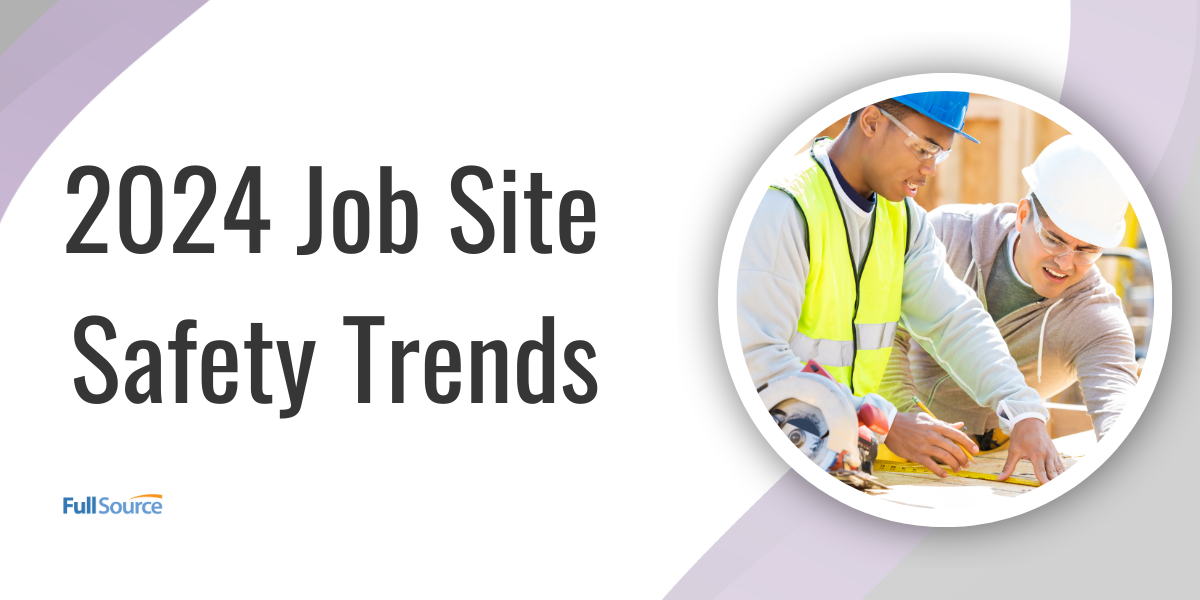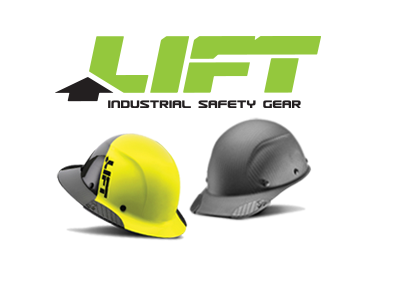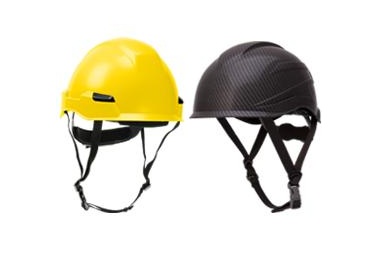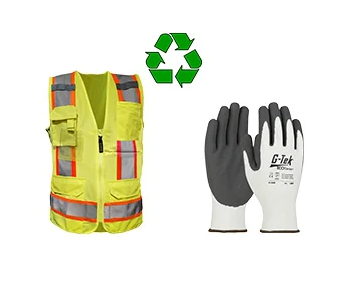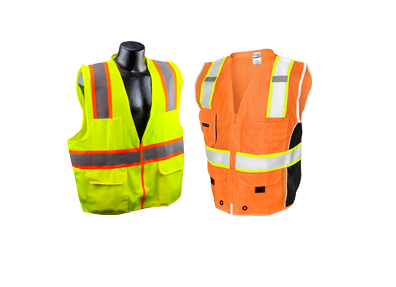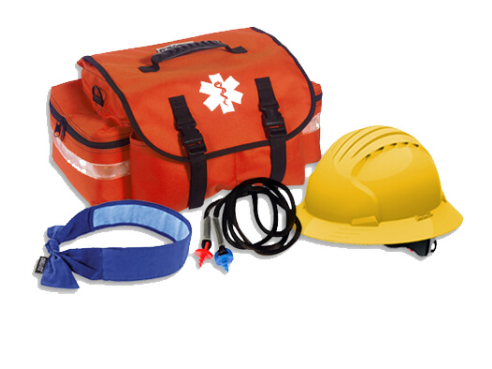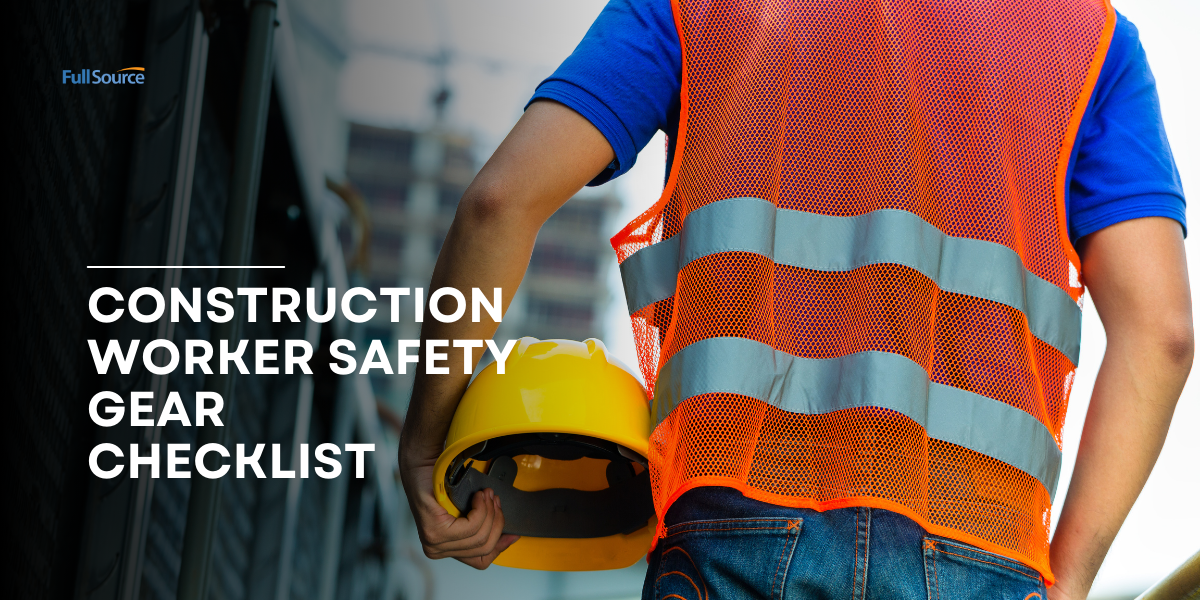As we move into 2024, job site safety continues to evolve. This reflects technological advancements, regulatory changes, and a growing emphasis on sustainability in the workplace. This year, several key trends are shaping the way construction and industrial sites approach safety. Including a focus on proactive risk management, enhanced visibility, and the integration of new technology. Here’s a look at what’s new and what’s next in job site safety for 2024.
Embracing New Hard Hat Technology
First of all, the landscape of construction safety gear is witnessing a significant transformation with the introduction of new styles of hard hats and safety helmets. This includes carbon fiber options that stand out for their superior qualities. These modern helmets are engineered to combine high-performance protection with lightweight comfort, setting a new standard in worker safety. Carbon fiber hard hats from brands like LIFT are celebrated for their exceptional strength-to-weight ratio. This offers protection against impacts and penetrations while minimizing the load on the wearer’s neck and shoulders. This material also excels in durability and resistance to environmental factors, making it ideal for harsh job site conditions.
Our Best-Selling LIFT Carbon Fiber Hard Hats:
Also, beyond the material advancements, other new and updated safety helmets in 2024 feature innovative designs. This includes improved ventilation systems, integrated visors for eye protection, and compatibility with other safety accessories like earmuffs and face shields. Also, hard hats like the JSP EVO VISTAshield vented cap style hard hat include a next-generation integrated face shield. This face shield meets ANSI Z87.1 safety ratings and is scratch and fog-resistant.
Furthermore, the aesthetics of trending hard hat styles have evolved as well. Including sleek profiles and customizable options that allow workers to maintain safety without compromising on style. This evolution reflects a broader trend towards safety equipment that is not only functional; but also comfortable and appealing to wear. Enhancing compliance and protection on the job site. Also, climbing-style hard hats with chin straps continue as an emerging trend. Select from several styles from popular brands like LIFT, Fibre Metal, PIP, Radians, and Pyramex.
Our Best-Selling Climbing Helmets:
Construction Site Safety Trends
Plus, work apparel trends for construction workers are increasingly influenced by advancements in material technology, safety standards, and a growing emphasis on comfort and functionality. Reflective and high-visibility clothing remains a staple. New innovations make these garments more lightweight and breathable, catering to the demands of different weather conditions while ensuring worker visibility. The integration of smart textiles is on the rise, with fabrics capable of wicking moisture, integrating reflective elements, and incorporating UV sun protection.
Sustainable Safety Practices
In particular, sustainability is increasingly intersecting with safety practices. Job sites are adopting more eco-friendly safety measures, such as solar-powered warning lights and biodegradable barrier tapes. These practices not only contribute to a safer job site but also align with broader environmental goals, reflecting a commitment to responsible stewardship of our planet.
Additionally, ergonomic design has become a priority, with workwear being tailored to provide better movement flexibility and reduce strain. Also, it incorporates features such as stretchable fabric panels and reinforced knee and elbow patches. Sustainability also plays a significant role, with more brands adopting eco-friendly materials and practices, reflecting a broader industry shift towards environmental responsibility. Together, these trends not only aim to enhance the safety and efficiency of construction workers but also improve their overall job satisfaction and well-being.
Top Eco-Friendly Safety Apparel and Accessories:
- PIP G-Tek 41-8150R ECO Seamless Knit Recycled Yarn Glove
- MCR Safety RXCL2M Recycled Mesh Break-Away Safety Vest
- MCR Safety 96092 UltraTech Biodegradable Nitrile Foam Coated Gloves
- OccuNomix LUX-RYSWHZ Type R Class 3 Recycled Safety Sweatshirt
- Horace Small NP3129 Recycled Fleece Vest
Enhanced Visibility with High-Visibility Workwear
Next, 2024 sees a renewed emphasis on high-visibility workwear, with innovations making these garments more comfortable and functional than ever before. Reflective fabrics that are lightweight, breathable, and even water-resistant ensure that workers are visible. This trend is not just about compliance with safety regulations; it’s about actively preventing accidents by ensuring that every worker stands out on the job site. Also, brands like Radians include innovative hi-vis apparel options for women. Styles like the ST11W Type R Class 2 Women’s short-sleeved safety shirt are made for women by women. This approach to better tailoring means a better fit. Also, this safety shirt includes Max-Dri moisture wicking, segmented reflective stripes, and meets ANSI safety standards.
Updates to ANSI Standards
Finally, the American National Standards Institute (ANSI) often updates its standards to reflect the evolving nature of workplace safety, incorporating the latest technological advancements and research findings to ensure the highest level of protection for workers. Recent updates to ANSI standards for job sites have focused on a range of areas, including enhanced visibility requirements for high-visibility clothing to improve worker detection in complex backgrounds and low-light conditions. There’s also a greater emphasis on the use of smart technology in personal protective equipment (PPE), such as the integration of IoT devices for real-time health monitoring and hazard detection.
Moreover, the standards now include more detailed guidelines for fall protection, reflecting a broader range of scenarios and introducing more rigorous testing for equipment. Ergonomics has received increased attention, with standards aiming to reduce work-related injuries through better design and use of tools and equipment. These updates not only aim to reduce the risks of physical injuries but also address the well-being of workers by considering factors like comfort and long-term health. Compliance with these updated ANSI standards is crucial for job sites, as it not only ensures the safety and health of employees but also reflects a company’s commitment to maintaining an up-to-date and effective safety culture.
Looking Ahead
In conclusion, as we continue through 2024, these trends underscore a new approach to job site safety that encompasses technological innovation, ANSI safety standards, visibility, sustainability, and advanced training methods. Companies that adopt these trends not only comply with evolving safety standards but also demonstrate a commitment to the well-being of their workforce, ultimately fostering a culture of safety that extends beyond the job site. This progressive approach is not just about mitigating risks; it’s about creating a safer, more productive, and more sustainable working environment for everyone involved.

